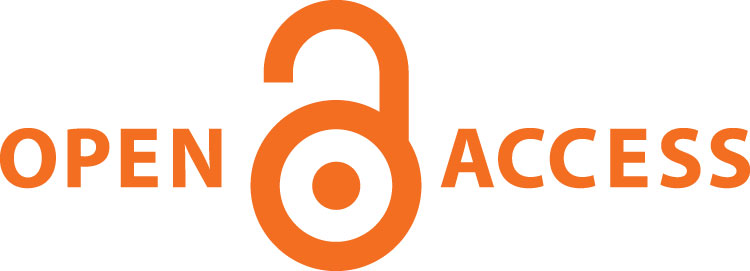PLoS, arXiv, and the Future of Open Access
 Is open access (OA) really the way of the future, or is it unsustainable? To get an idea, we’ll look at two OA success stories: PLoS and arXiv.
Is open access (OA) really the way of the future, or is it unsustainable? To get an idea, we’ll look at two OA success stories: PLoS and arXiv.
PLoS, or Public Library of Science, is a OA publisher and advocacy organization. Two of their most notable publications are PLoS Biology and PLoS Medicine, started in 2003-2004 to provide an open alternative to prestigious journals such as Science and Nature; another is PLoS ONE, open to any science article. These three journals are all peer-reviewed, but to different extents. PLoS Biology and PLoS Medicine use traditional peer review, where only the highest quality and highest interest articles are accepted for publication. PLoS ONE, on the other hand, uses ‘light’ peer review: every article that is methodologically sound is published.
While some opponents of open access assume that OA journals are not as rigorous as traditional, non-OA journals, PLoS proves this wrong. PLoS Biology has the highest impact factor of 85 journals in the field of biology, according to the 2011 Journal Citation Reports1; PLoS Medicine is ranked sixth out of 260 medical journals. PLoS ONE, the world’s largest peer-reviewed journal1, is notable because it gives researchers a chance to publish methodologically sound research that may not be accepted elsewhere because the findings are not considered significant enough. PLoS ONE is not simply a dumping ground for rejected work, either; a 2010 survey of PLoS ONE authors found 37% considered PLoS ONE a first choice journal for publication2. PLoS journals are both very popular and highly-regarded–a feat for journals less than a decade old.
While PLoS is a success story for gold OA (fully open access journals), arXiv shows how effective green OA can be. Green OA refers to articles archived in a repository; often, they’re pre-print or post-print versions of articles published in non-OA journals. arXiv, founded in 1991, archives papers in physics, mathematics, computer science, nonlinear sciences, quantitative biology, and statistics3. The popularity of arXiv is staggering; it contains almost 700,000 full-text articles and serves about 1 million downloads per week4. The field of high-energy physics, whose articles are almost all archived on arXiv, has gone one step further to negotiate gold OA for 90% of the articles in the field5.
Does open access have a future? Looking at these examples–at the way PLoS has swiftly become a leader in the field of biology and medicine, at the extreme popularity of arXiv and the citation advantage it offers–the future looks promising.
For more on…
- PLoS ONE and similar OA journals, read Peter Suber’s “Recent watershed events”.
- different types of open access, look at our Open Access research guide.
- OA at GSU, look at the open access tag on the library blog.
- Open Access Week and OA news, check out the many blog posts and resources at the Open Access Week website.